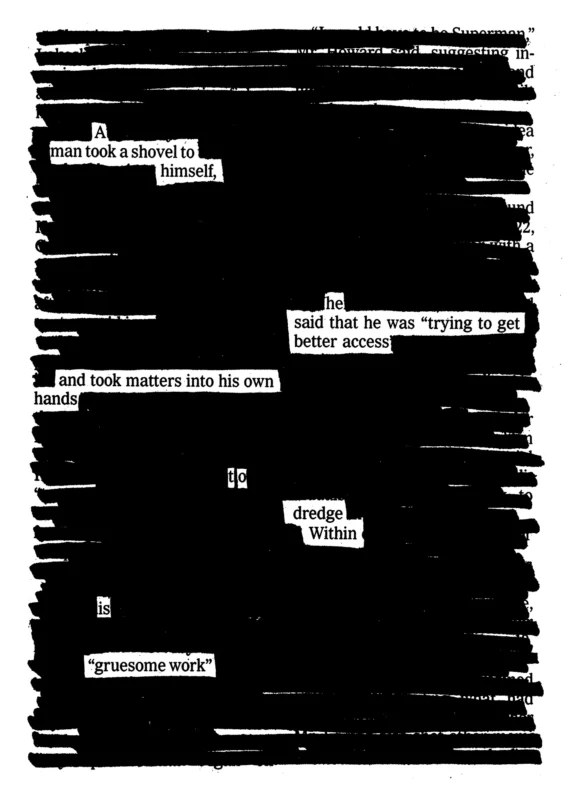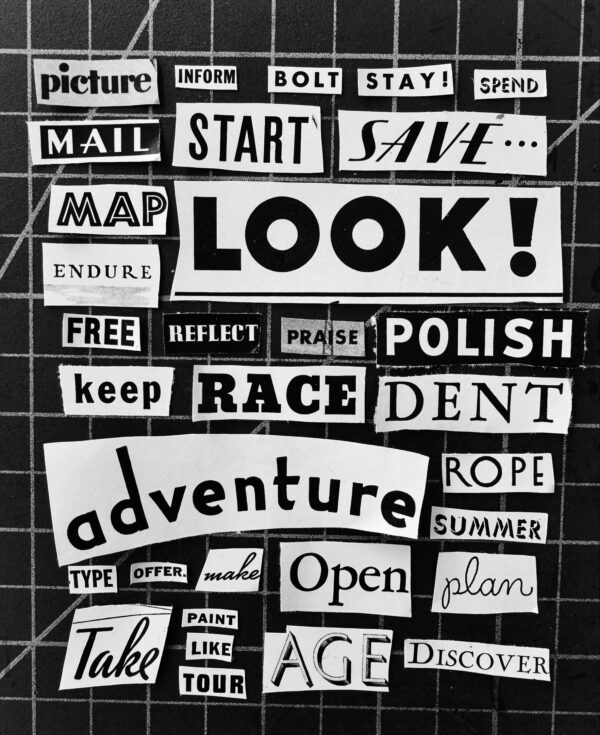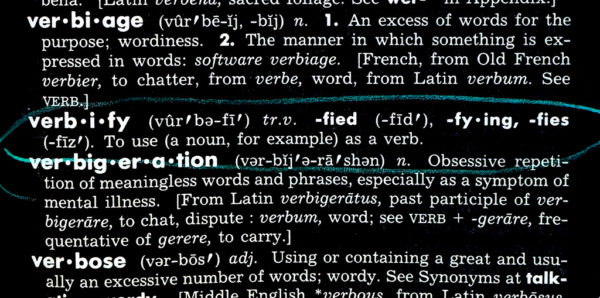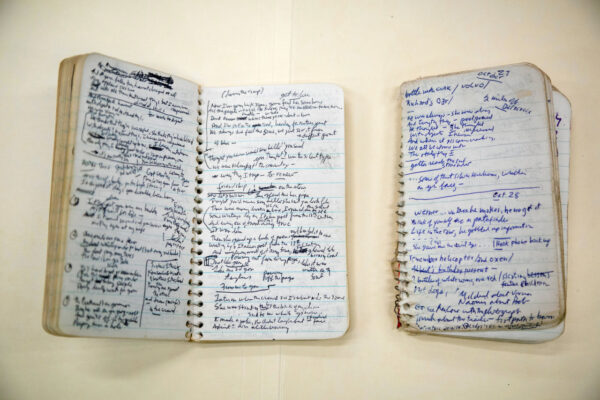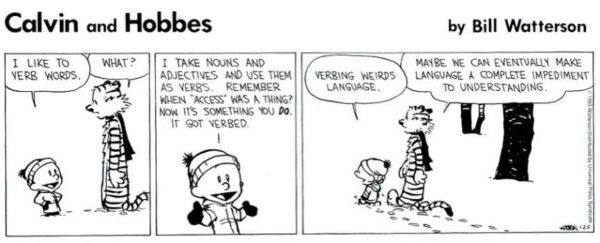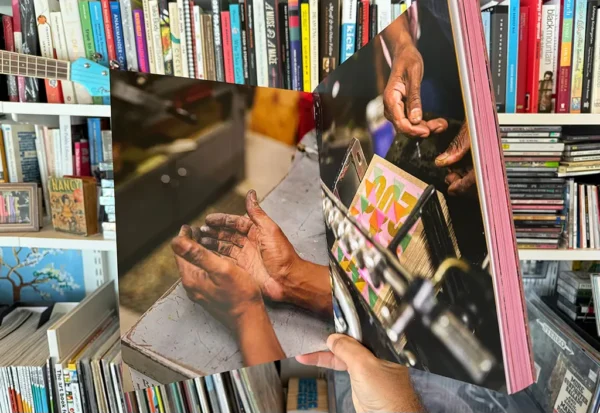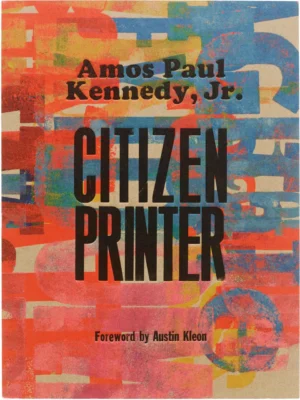
Here’s another mixtape I made from a sealed, pre-recorded cassette I got for 99 cents at the record store. I tape over the cassette’s protection tabs and then I tape over the music and then I tape over the artwork.
I’ve made so many mixtapes this year that I think I’m starting to crack what I really love in a good mix.
Vibe.
What I really love in a mix is a vibe rather than a theme.
This comes up a lot this time of year when people post their Halloween mixes. All the songs are about witches or demons or whatever, but they don’t really cohere musically.
(I make exceptions for Bob Dylan’s brilliant Theme Time Radio Hour, which ruled completely, and also had a Halloween episode. Also: a radio show is different than a mixtape — the DJ can add context, switch the mood, etc.)

Anyways, I named this mix after Ray Bradbury’s collection:
“October Country . . . that country where it is always turning late in the year. That country where the hills are fog and the rivers are mist; where noons go quickly, dusks and twilights linger, and mid-nights stay. That country composed in the main of cellars, sub-cellars, coal-bins, closets, attics, and pantries faced away from the sun. That country whose people are autumn people, thinking only autumn thoughts. Whose people passing at night on the empty walks sound like rain. . . .”
I wanted it to sound like what October sounds like to me — in feeling, if not in lyrics. (To be honest, I barely listen to lyrics most of the time, which might be surprising to hear from a writer, but I’ve been a musician a lot longer than I’ve been a writer?)

SIDE A
– Chris Isaak, “Wicked Game”
– Tom Waits, “Down in the Hole”
– Screamin’ Jay Hawkins, “Little Demon”
– Ty Segall, “Girlfriend”
– Leonard Cohen, “Waiting for the Miracle”
– Scott Walker, “On Your Own Again”
SIDE B
– Depeche Mode, “Enjoy the Silence”
– Fever Ray, “Shiver”
– Thee Oh Sees, “Ghosts in the Trees”
– Ravyn Lenae, “Sticky”
– Keith & Tex, “Run to the Rocks”
– Bjork, “The Anchor Song”
– Charles Simic, “We Were So Poor”
– Portishead, “The Rip”
Originally, I had a wizards vs. witches thing going with the sides, and I was going to do Bjork, Fever Ray, and Ravyn Lenae and more on side B, but, again, I throw out concept and theme for vibe when I do these things.
The Charles Simic poem was kind of an accident — I was just looking through Spotify at my “Liked” tracks and tried to find a short snippet to fit the rest of the tape. (On the actual cassette, I play a tiny little portion of “The Rip” to end the side, but I think it goes nicely as a full song at the end.)
You can listen to the mix on Spotify.

I’ve made 11 of these things so far this year! If you want, you can listen to a big 10-hour playlist of them all.
Filed under: mixtapes





